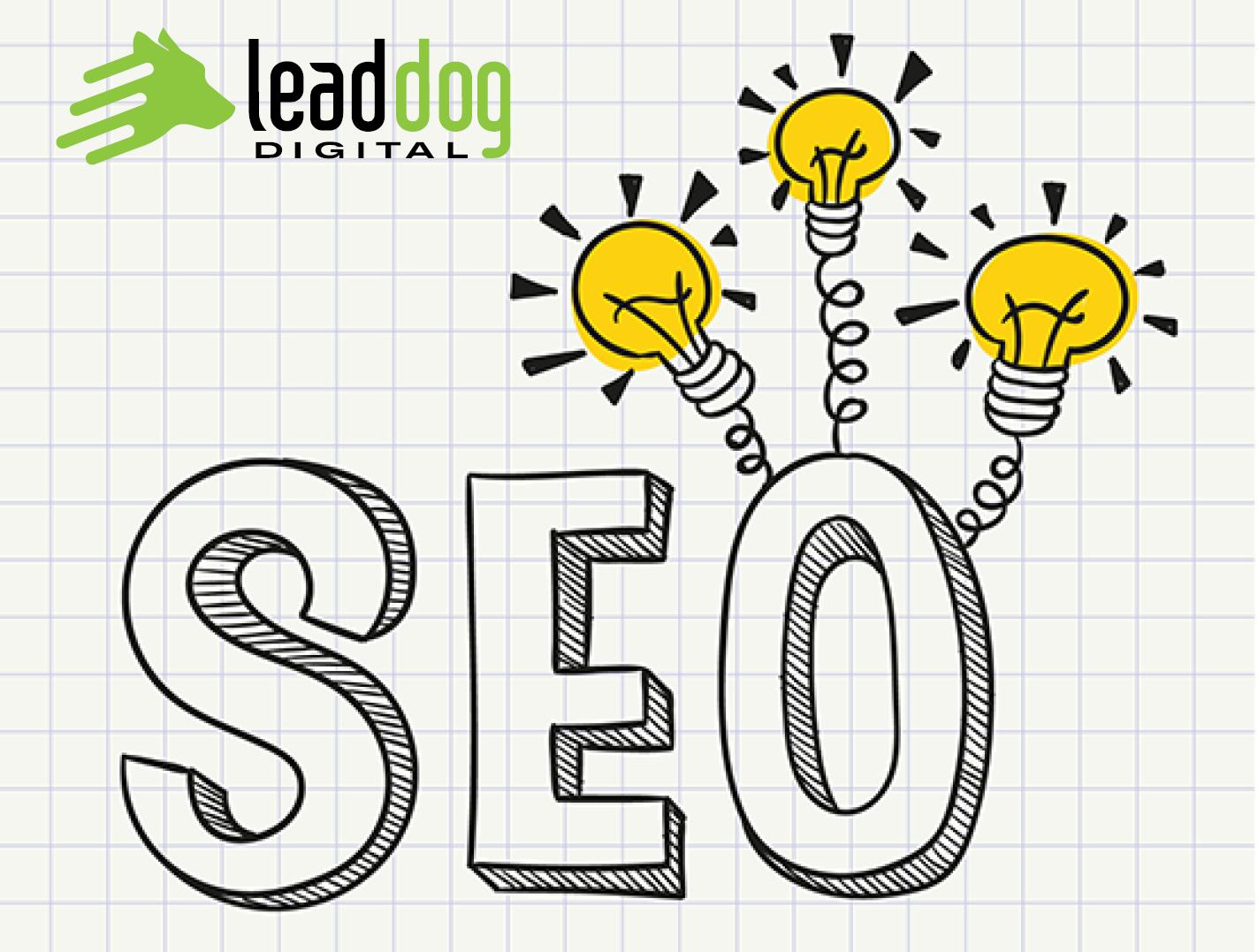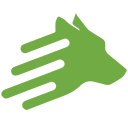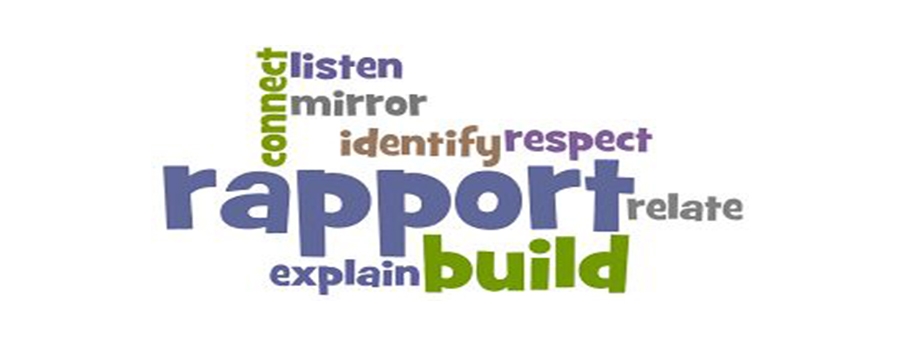Many business owners falsely assume that because they have a gorgeous website, lots of consumers will see it. What they don’t understand is that they must look at their website through a search engine’s “eyes” to see the potential, or lack thereof, of their website’s ability to be seen.

SEO can be an invaluable tool for your online business. SEO stands for Search Engine Optimization – a business tactic that increases the quantity and quality of online traffic to your website. This occurs when a search engine result’s algorithm favors your company’s website through ads and immediate exposure to your web page.
Ok, so in layman’s terms, when we look up something on Google, Bing, Yahoo!, or whatever search engine we’re using, we’re most likely to click the first few website results that come up, rather than peruse pages of website options. SEO can help ensure your company’s website is one of those first few website results, making it more likely to be clicked on.
No doubt, the internet changed the game in terms of how we do business. Shopping, banking, and even doctor’s appointments can all be done from the comfort of our homes. We see that even more so now in a world that has experienced the Covid-19 pandemic. With brick and mortars getting less and less foot traffic, it’s important to keep your online business presence strong.
The internet space can initially feel daunting or overwhelming to use as a tool to keep your company alive and successful. The online world is massive and filled with information and terminology, and no one person could be expected to know all of it.
Even just knowing about the existence of SEO can already give you an advantage in the business world, but here are some essential SEO terms to help better understand all the ways SEO can help you and your business endeavors.

- Algorithm – Algorithms are immensely complicated and continue to get more complicated as databases and search engines try to provide searchers with the information or content they need. Algorithms are primarily programmed flowcharts. They take a series of steps with its given information (i.e., what you are currently searching for, what you have previously searched for, what you’ve clicked on in the past, etc.) to provide you with relevant info. Using SEO can help the algorithm favor your website, increasing its chances of being clicked on.
- Backlinks – Backlinks are links from other websites that refer back to your own website. The more ways to link back to your own web page, the more authority and credibility search engines will assume your web site has.
- Headings – Headings are a way to optimize SEO for your website by drawing in and engaging viewers. This HTML tag ranges from H1 to H6, the first heading, H1, being the most important. Headings differ from the title of your web page, giving your page a more professional structure and allowing more attention-grabbing buzzwords to draw in an audience.
- Indexed pages – Indexed pages, or indexed content, refer to webpages that have been explored, approved, and stored by a search engine. If a page or site has not been indexed, it will not show up in the search engine results.
- Keyword – Keywords are a frequently used SEO term referring to a word or set of words that are relevant to a brand, its services, or its products. Keywords are important in that they help the search engines better identify the content or website internet users are looking for. While implementing keywords into your web page can help users find your content, it’s important not to overuse keywords as it can actually hurt your rankings.
- On-page – On-page, or on-site, SEO refers to the ways you can utilize SEO from inside your website and are in your control.
- Off-page – Off-page, or off-site, SEO refers to the ways SEO is utilized outside of your website in how authoritative or popular your site is and how much traffic it gets.
- Meta Data – Meta Data refers to the information or data used to describe what is on the webpage. Meta descriptions are used in SEO to briefly describe what is on that page, along with coded meta tags and keywords. The more relevant a search query is to the meta description and keywords, the more likely it will appear in the search engine results.
- Panda – If you’re confused about these next two terms, don’t be – even pandas and penguins have their place in SEO! Google Panda and Google Penguin was a major change to the search results ranking algorithm back in 2011. Panda is all about on-site quality and targets sites deemed to be low quality or spam, so they do not appear immediately in the search engine results.
- Penguin – If Panda is about on-site quality, Penguin is about off-site traffic. Google Penguin targets sites deemed to be overusing keywords or cheating by buying or creating unnatural backlinks in an attempt to gain an advantage in the search engine results.
- SERP – SERP stands for Search Engine Result Pages. We’ve talked plenty about search engine results and the web pages you can find. This is a common acronym for that used in SEO.

After reading this list, hopefully, you feel more equipped to take on the world of Search Engine Optimization to take your online business to the next level! If you have any other SEO or digital advertising queries, give us a call at Lead Dog Digital in Tyler, TX. We are proud of our success in helping our clients optimize their websites and digital campaigns for their businesses throughout Texas.





